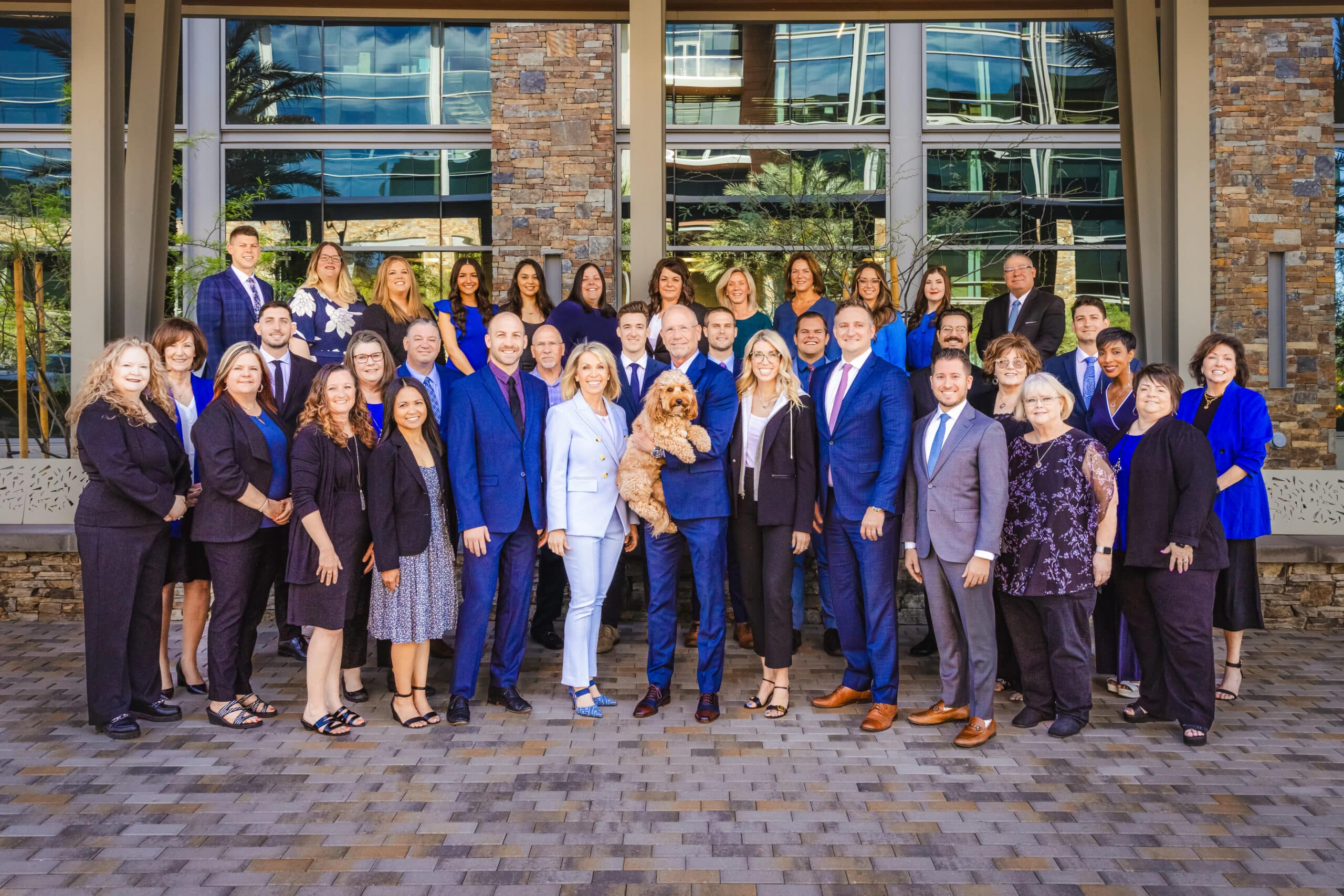Retirement planning isn’t just about saving—it’s about ensuring those savings last. A sustainable retirement income plan helps ensure financial security by balancing predictable income sources, strategic withdrawals, and long-term risk management.
Without a strategy that balances reliable income and liquid assets, retirees risk outliving their savings or facing financial strain.
Estimating Your Retirement Income Needs
One of the biggest challenges in retirement planning is determining how much income you’ll need. A common rule of thumb is to aim for 70 to 80% of pre-retirement income, but there’s no one-size-fits-all formula. What’s right for you depends on the retirement you’re envisioning.
Essential expenses like housing, healthcare, and insurance must be accounted for, but it’s also important to plan for inflation and emergencies. Medical expenses, in particular, tend to rise later in life. Even with Medicare, retirees may face out-of-pocket costs for prescriptions, long-term care, or specialized treatments.
Inflation is another factor that can erode purchasing power during retirement. Entering retirement with assets and income that grow alongside expenses can help preserve living standards. Failing to reassess your budget regularly can lead to larger-than-expected withdrawals, putting savings at risk.
Building a Strong Foundation with Reliable Income Sources
A well-structured retirement income plan blends guaranteed and investment-based income.
Guaranteed income sources provide stability and predictable cash flow. Social Security is a major pillar of most retirement plans, but it’s rarely enough to cover all expenses. Some retirees receive pension income, though traditional pensions are increasingly rare for current workers. Annuities can help fill this gap by providing a steady, guaranteed income stream in exchange for an upfront investment.
Investment-based income allows for growth and flexibility. Dividend-paying stocks, bond interest, rental properties, and alternative investments can all serve as additional income sources in retirement. Retirement accounts like 401(k)s and IRAs are essential tools, but withdrawals should be carefully planned to avoid unnecessary taxes and penalties.
Withdrawal Strategies to Preserve Wealth
How and when you withdraw from retirement accounts impacts how long savings will last. Several strategies help retirees manage withdrawals effectively:
- The 4% rule – One popular strategy is withdrawing 4% of savings annually, adjusting for inflation. This method works best for retirees with diversified income sources.
- Dynamic withdrawals – Adjusting withdrawals based on market performance and RMD requirements can help preserve assets during downturns.
- Tax-efficient withdrawals – Withdrawing from taxable accounts first, followed by tax-deferred and tax-free accounts, can minimize tax burdens.
- Avoiding sequence of returns risk – Withdrawing funds during a market downturn can accelerate savings depletion. Relying more on cash reserves or alternative income during market disruptions may help preserve your portfolio.
Preparing for the Unexpected
Even the best plans can’t prevent financial surprises. Unexpected healthcare expenses or home repairs can throw off a retirement budget. Having a financial buffer in the form of more liquid savings that are separate from your long-term investment portfolio can be beneficial.
Long-term care is one of the more common unexpected financial hurdles individuals and couples face in retirement. The need can arise suddenly, and sometimes sooner than you expect. While some retirees assume Medicare will cover these expenses, most long-term care services—like assisted living or home healthcare—are not included.
Planning for these costs early, whether through savings, long-term care insurance, or hybrid life insurance policies, can help retirees avoid financial strain later in retirement.
Develop a Plan That’s Tailored to Your Needs and the Retirement You Want
A sustainable retirement income plan balances guaranteed income, investment-based returns, and strategic withdrawals to enhance financial security. Estimating expenses, diversifying income sources, and preparing for the unexpected before retirement can help reduce the risk of outliving your savings or needing to downgrade your lifestyle.
Fullerton Financial Planning helps retirement planners and retirees in Peoria, Phoenix, Scottsdale, and Tempe develop and implement retirement income plans designed with sustainability in mind. Call us at (623) 974-0300 to schedule a meeting with one of our financial advisors, watch our webinars, or attend an upcoming seminar or event to learn more.






